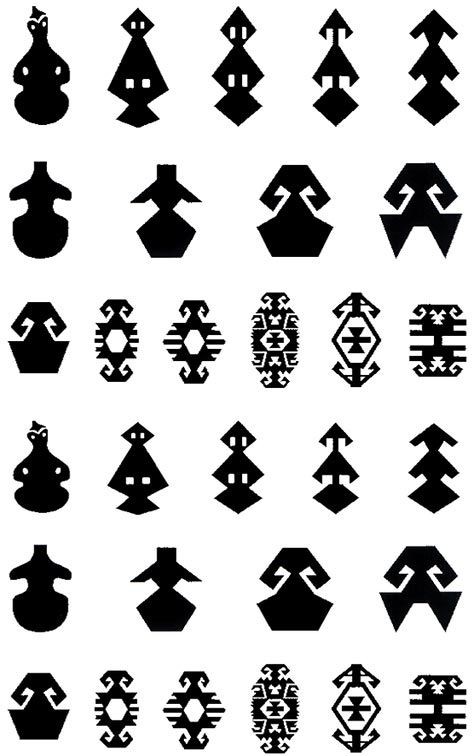Central Anatolia Region Kayseri Natural Bunyan Carpet
Turkmen Bukhara Hand-Woven Carpet
West Anatolia Denizli Baklava Rug
Central Anatolia Taspinar Hand-Woven Carpet
Central Anatolia Afyon Cicim Rug
Central Anatolia Konya Ladik Hand-Woven Carpet
Hand Woven Kazakh Rug
West Anatolia Antique Milas Hand Woven Carpet
Central Anatolia Konya Karapinar Cicim Rugs
West Anatolia Canakkale Ayvacik Hand Woven Carpet
Kazakh Sirvan Hand-Woven Carpet
Hand Woven Central Asian Kazakh Rug
Kayseri Bunyan Vintage Hand Woven Carpet
West Anatolia Balikesir Nomad Rug
Aegean Patchwork Hand Woven Rug
Patchwork from Anatolian Rugs TSH9857463569
East Anatolia Kars Rug
West Anatolia Denizli Cicim Rug
West Anatolia Oushak Esme Rug
West Anatolia Milas Carpet with Double Roses
CARPET MOTIFS AND PATTERNS
There are many traditional motifs and patterns in weaving products such as carpets, rugs, bags, saddlebags, etc. in our country. These patterns and motifs dating back to the past have special meanings and names. These patterns and motifs are in the form of symbols expressing the type of weaving, social status, wishes, desires, expectations, beliefs, states such as marriage, bachelorhood, migration, disaster, sadness, joy, sorrow, happiness, longing and expectations, love, separation, wishes and desires.
Symbols and symbols in carpets and rugs are called MOTIFs and all of them are called PATTERNS.
These motifs and patterns reflect the richness and diversity of the symbolic language on the woven products. However, the meaning of each motif or pattern may vary according to culture, region and even the personal interpretation of the weaver.
ELİBELİNDE MOTIF

It is a symbol of femininity. It symbolizes not only maternity and fertility, but also good luck, fertility, fortune, happiness and joy.
Early humans worshipped mother goddesses. Since the biological role of the male in reproduction was not understood, they only saw females giving birth to human offspring. All of them named the mother goddess, whom they saw as a symbol of fertility and reproduction, with various names such as Aphrodite, Hera, Cybele, Atena, Leto, Ishtar, Artemis, Hepa (Eve), Isis in their own languages.
Scientific findings indicate that the worship of the strong woman who gives birth first began in Mesopotamia around 7000-8000 BC. Mesopotamia around 7000-8000 BC.
Excavations in settlements such as Beycesultan, Çatalhöyük and Hacılar in Western Anatolia have revealed that Anatolian history is contemporary with Mesopotamia. The date of the emergence of civilized cities in Anatolia, which knew agricultural culture and were settled, was determined as 5500 BC. The elibelinde motif used in today's weavings, which is a continuation of the cult of the mother goddess, is proof of the fact that the belief in the mother goddess has survived to the present day as a cultural heritage.
RAM'S HORN MOTIF

The ram horn motif, a symbol of fertility, heroism, power and masculinity, is a motif used in Anatolian culture after the mother goddess or together with her. In the history of mankind, the horn symbol has always been identified with the male symbol of power and strength.
The ram's horn motif, which is a symbol of power and strength, masculinity, appears as the symbol of male gods as Dumuzi, the consort of the mother goddess Inanna in Sumer, Tammuz, the consort of Ishtar in Akkad, Osiris, the consort of Isis in Egypt, Telepinu, the consort of Hapt in Hittite, Attis, the consort of Cybele in Phrygian, and Adonis, the consort of Aphrodite in Hellenic.
The most beautiful examples of animal stylizations in Turkish decorative art are seen on tombstones consisting of ram, sheep or mountain goat statues. Carpets and rugs with ram's horn motifs are still common in Anatolia today. This motif is usually used in the belly and border parts of the weavings.
HUMAN MOTIF

SACBAGI MOTIF
Indicates a desire for marriage. It symbolizes birth and reproduction. Young girls who want to get married cut their hair and wear a single braid. Newly married young women braid their hair double. They decorate the ends with colored threads.

KUPE MOTIF
It symbolizes sexuality. In the examples found in Çatalhöyük, it was found that the young girl wore them to indicate her desire for marriage. Men also wore earrings. Ahis (merchants) wore earrings in the right ear symbolizing that they were at the top of their profession. Sultans and Dervishes and Zennes wore earrings
